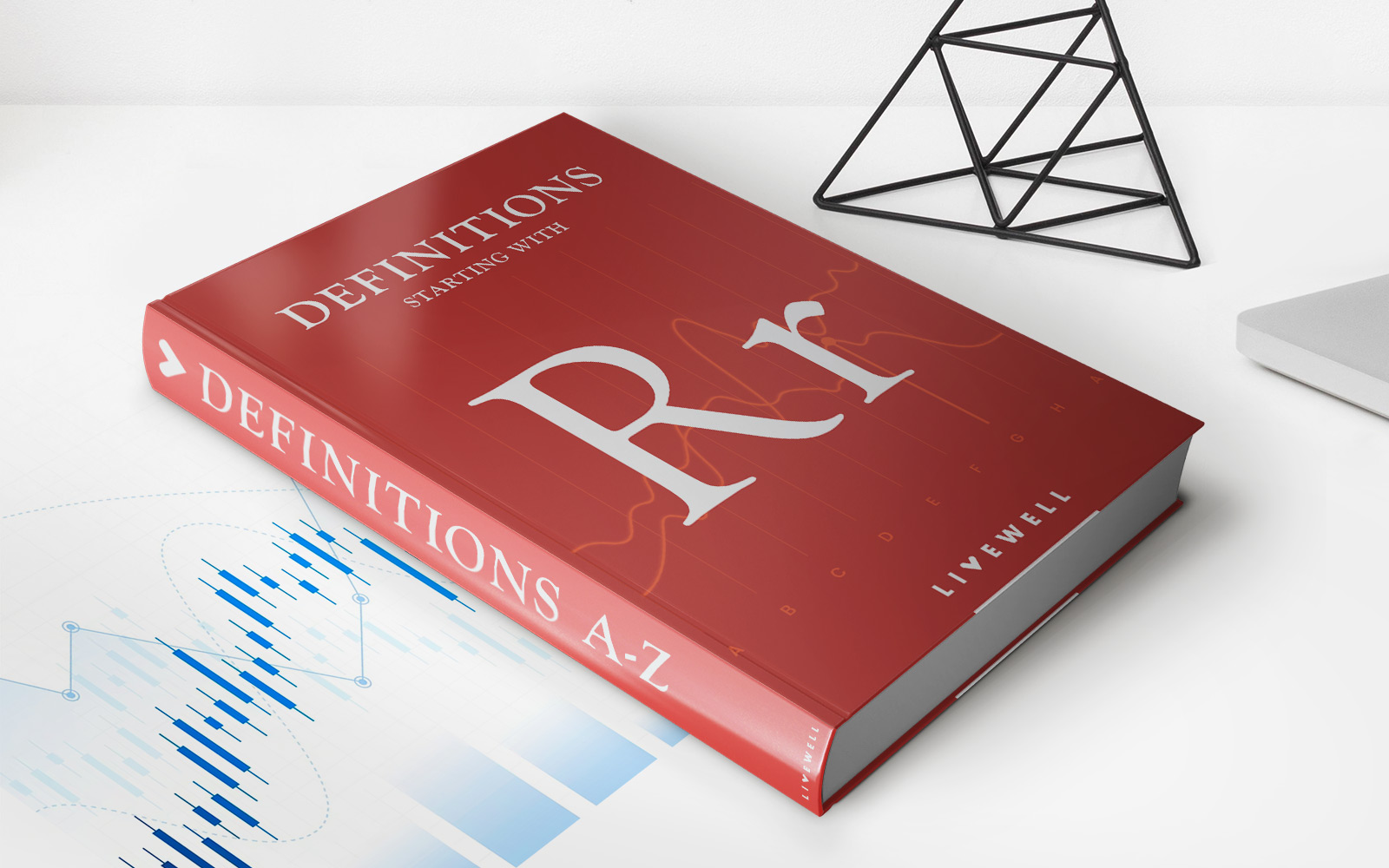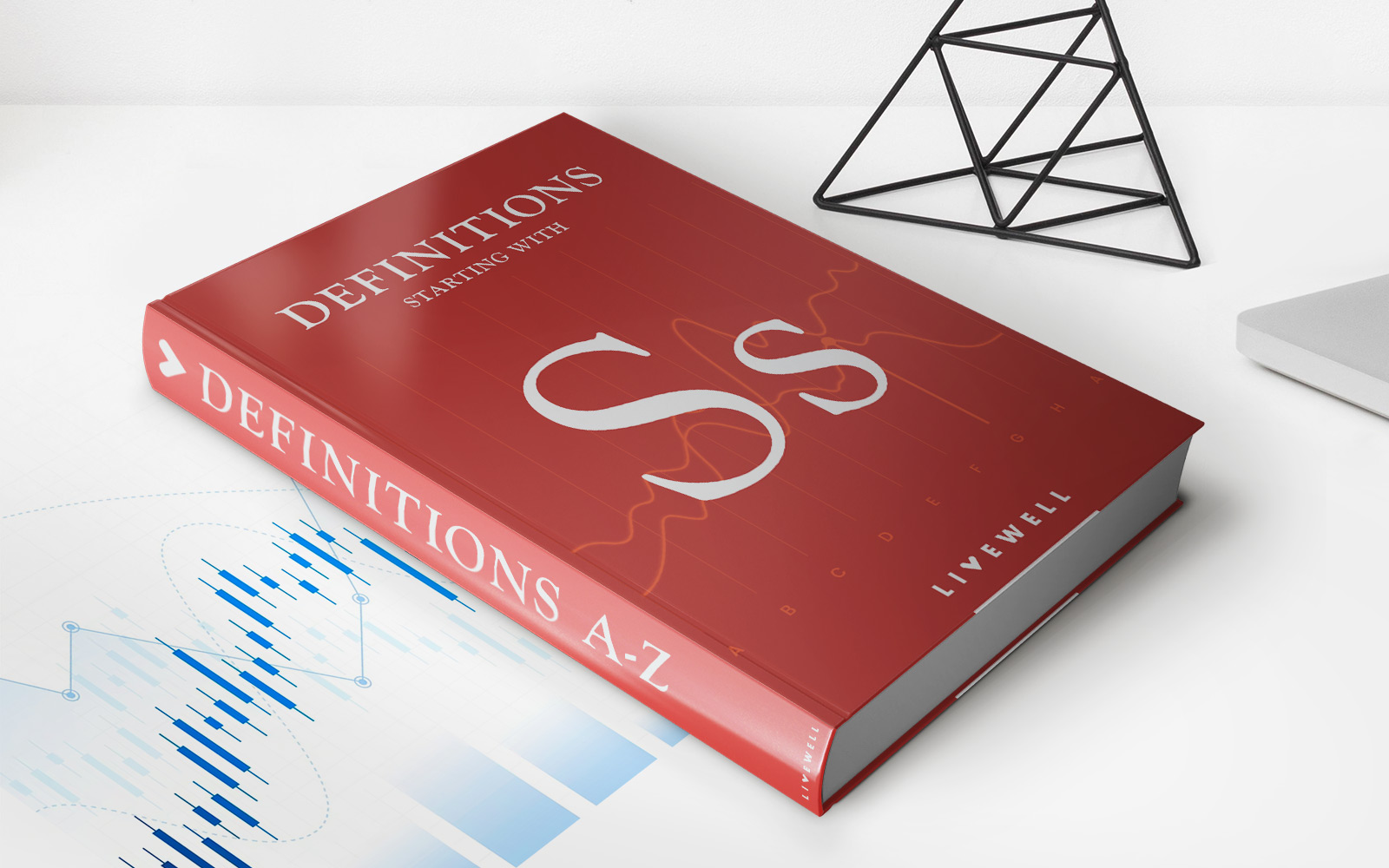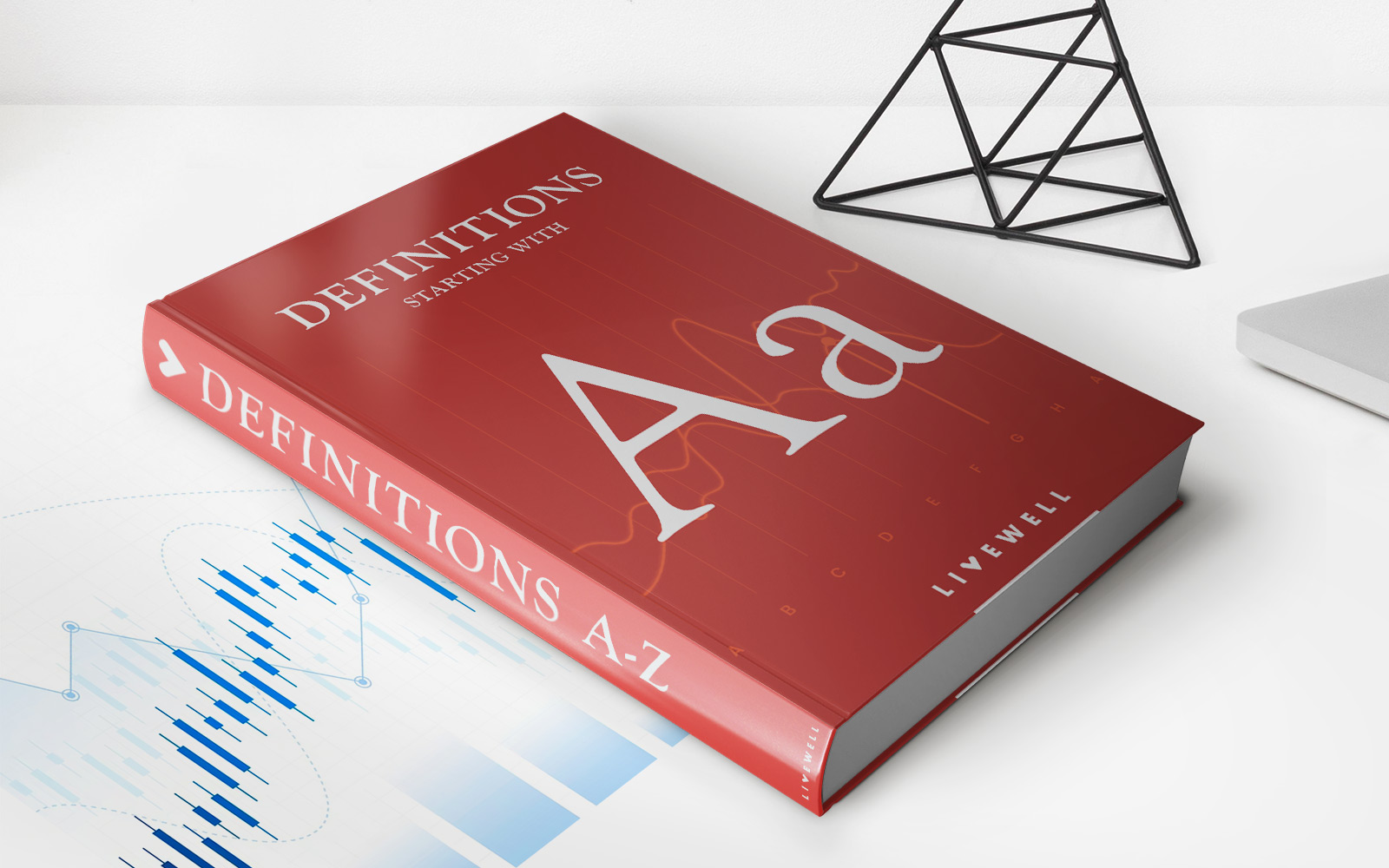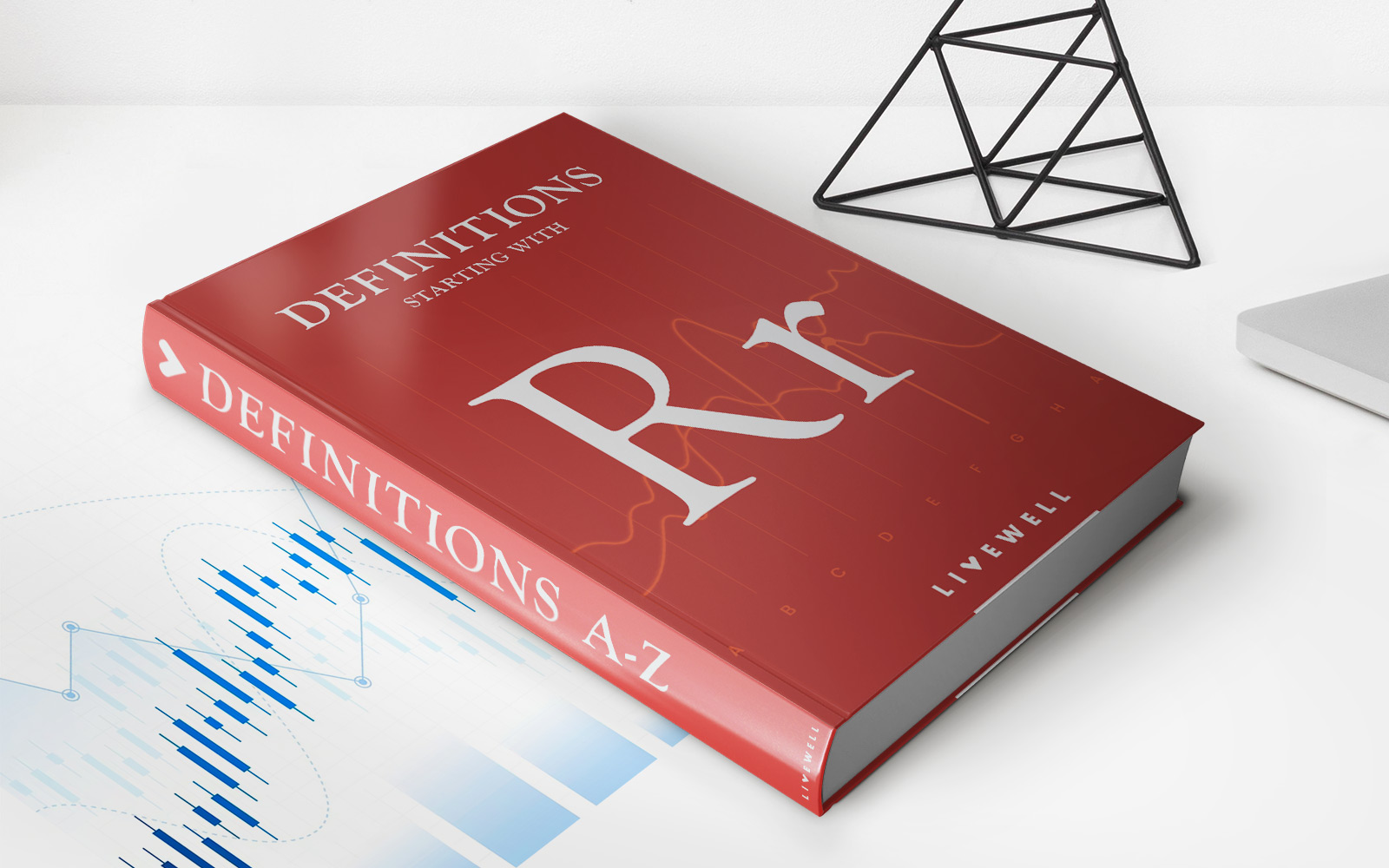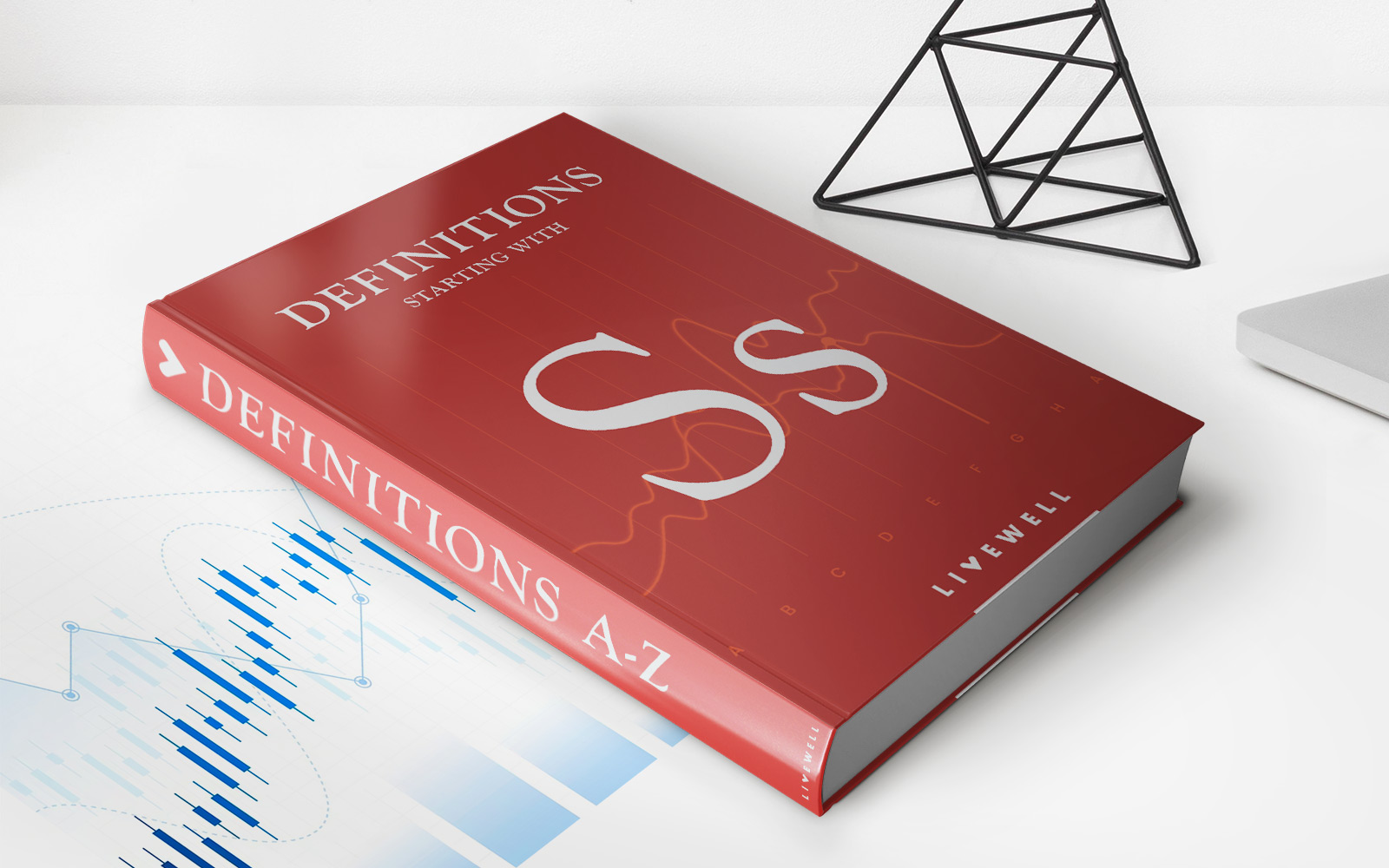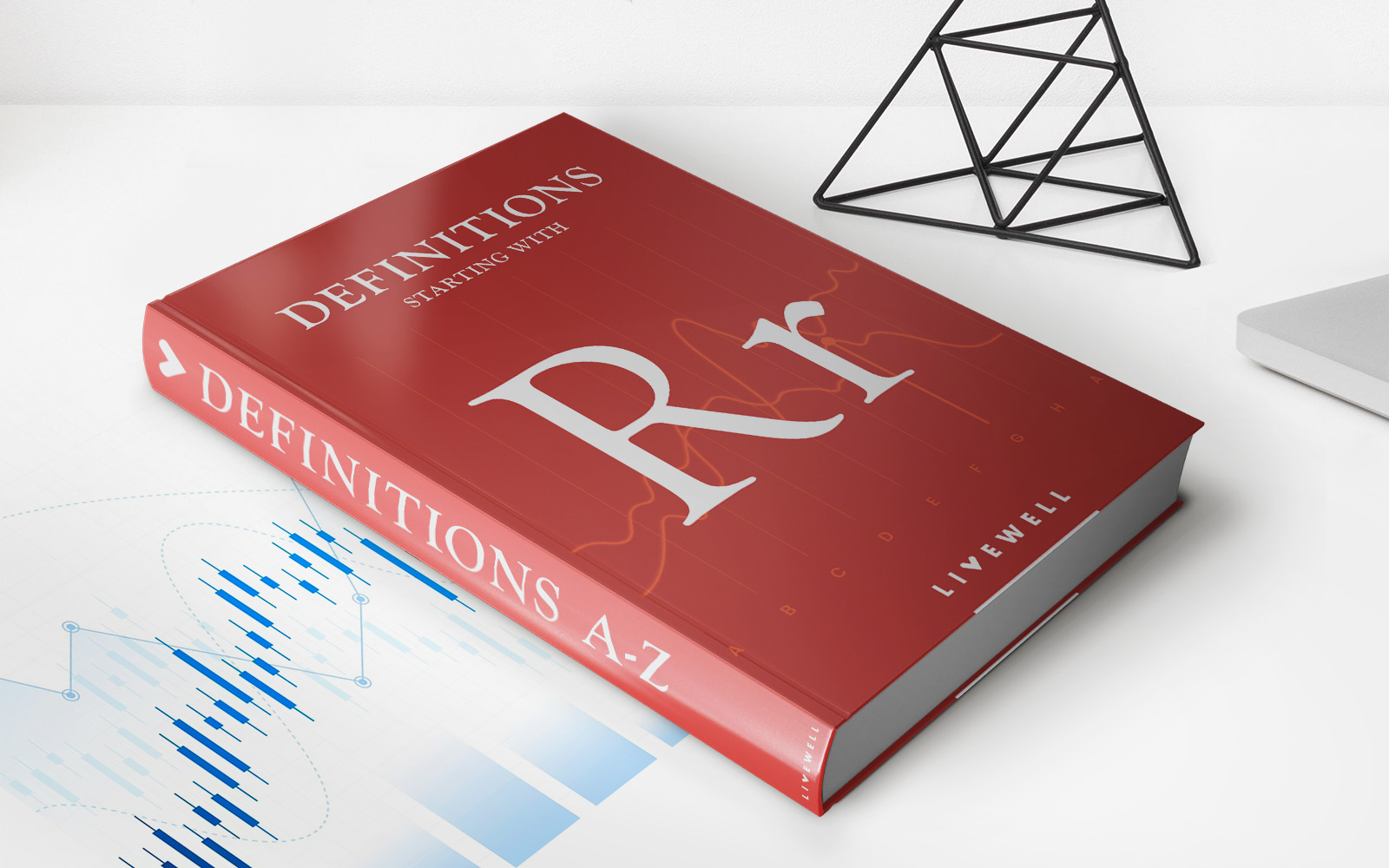Home>Finance>Multijurisdictional Disclosure System (MJDS) Definition
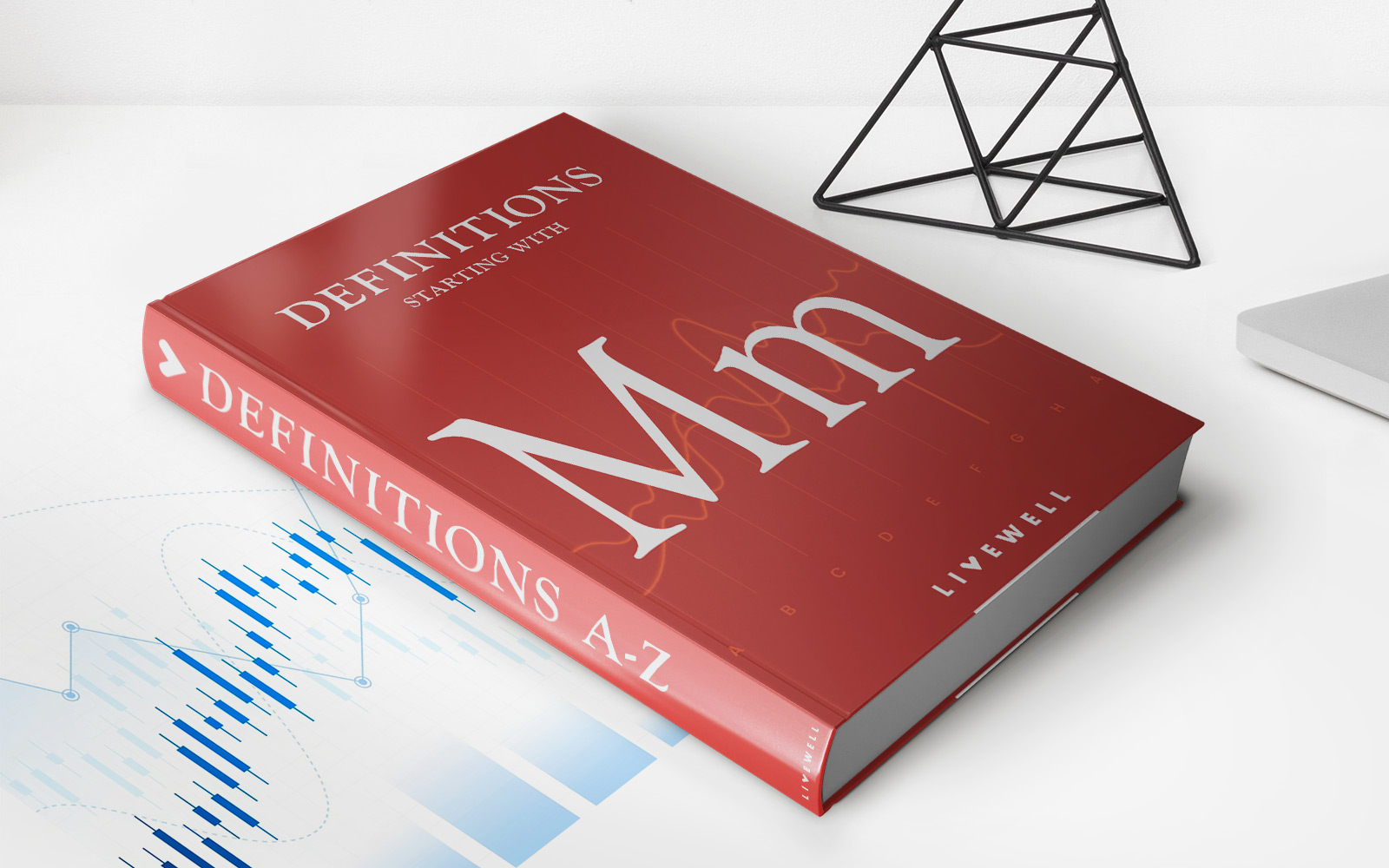

Finance
Multijurisdictional Disclosure System (MJDS) Definition
Published: December 27, 2023
Learn about the Multijurisdictional Disclosure System (MJDS) in finance, an essential concept for cross-border securities offerings and listings.
(Many of the links in this article redirect to a specific reviewed product. Your purchase of these products through affiliate links helps to generate commission for LiveWell, at no extra cost. Learn more)
The Multijurisdictional Disclosure System (MJDS) Definition: Everything You Need to Know
When it comes to navigating the complex world of finance, staying informed and up-to-date is essential. One important aspect of finance that businesses and investors need to understand is the Multijurisdictional Disclosure System (MJDS). In this blog post, we will provide you with a comprehensive definition of the MJDS, including its key features and benefits, and discuss why it is crucial for anyone involved in finance to be familiar with this system.
Key Takeaways:
- The Multijurisdictional Disclosure System (MJDS) allows Canadian and U.S. companies to raise capital and disclose information in both countries, making it easier for them to access cross-border markets.
- The MJDS was established to streamline the disclosure requirements and regulatory processes for companies operating in both Canada and the United States, reducing the time and costs associated with dual listing.
What is the Multijurisdictional Disclosure System (MJDS)?
The Multijurisdictional Disclosure System (MJDS) is a regulatory framework that allows companies from both Canada and the United States to raise capital and disclose information across borders. It was created to simplify and streamline the process of dual listing securities in both countries.
Under the MJDS, Canadian companies can file documents with the U.S. Securities and Exchange Commission (SEC) rather than the Canadian securities regulatory authorities, and U.S. companies can use a simplified disclosure document when offering their securities in Canada. This system eliminates the need for separate filings with each country’s securities authorities, saving time and reducing regulatory burdens for companies wishing to raise capital and access investors in both countries.
Benefits of the Multijurisdictional Disclosure System (MJDS)
The MJDS offers several benefits for both Canadian and U.S. companies, including:
- Cost savings: By allowing companies to file a single set of documents and follow one set of rules, the MJDS reduces the costs associated with dual-listing, such as legal fees and regulatory compliance expenses.
- Efficiency: The MJDS streamlines the disclosure process, making it faster and easier for companies to raise capital in both countries. This efficiency benefits investors as well, as they can access information about cross-listed companies more promptly.
In addition to these benefits, the MJDS promotes regulatory cooperation between Canada and the United States, fostering greater harmonization and alignment in the disclosure requirements of both jurisdictions.
In Conclusion
The Multijurisdictional Disclosure System (MJDS) is a vital tool for Canadian and U.S. companies looking to raise capital and disclose information across borders. By providing a simplified regulatory framework, the MJDS eliminates redundancies and enhances efficiency, making it easier and more cost-effective for companies to access cross-border markets. Familiarizing yourself with the MJDS is crucial for anyone involved in finance, as it allows you to stay ahead in an increasingly globalized and interconnected financial landscape.
